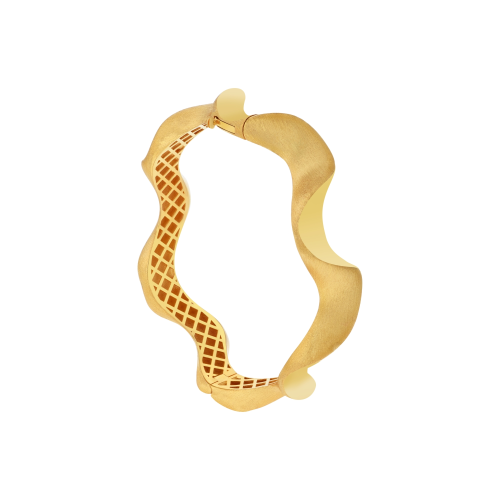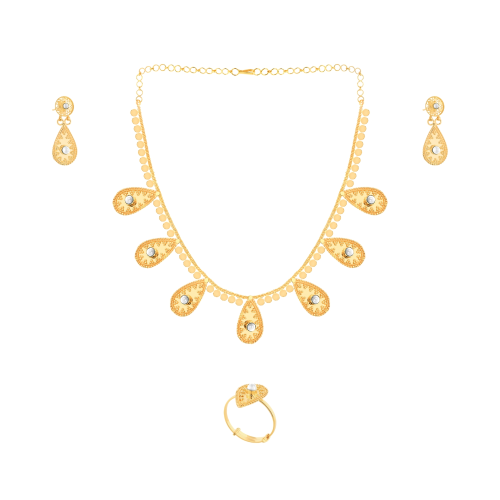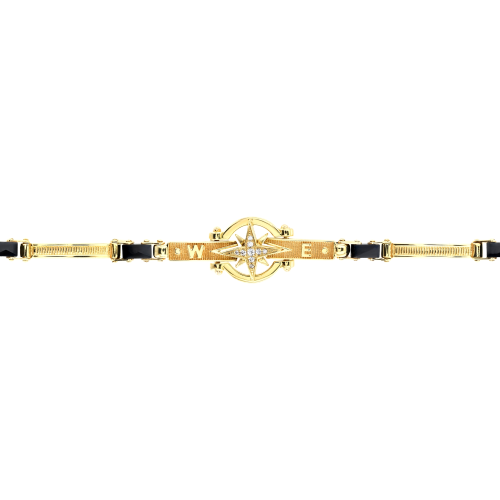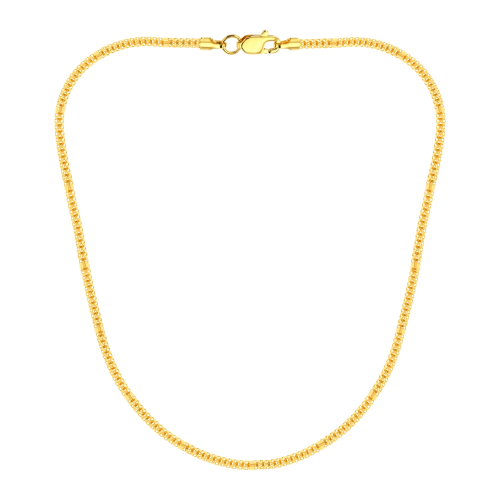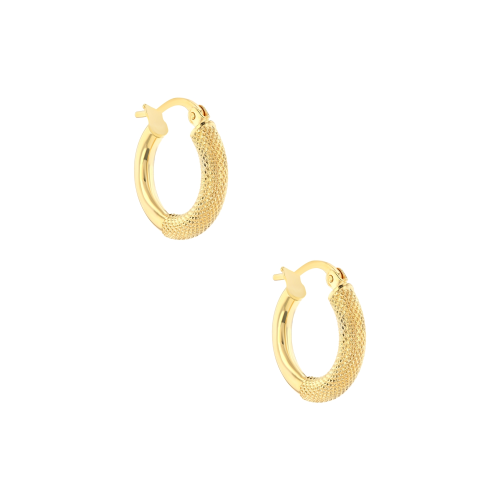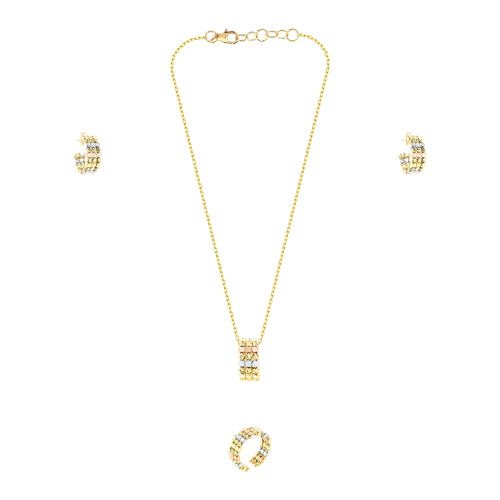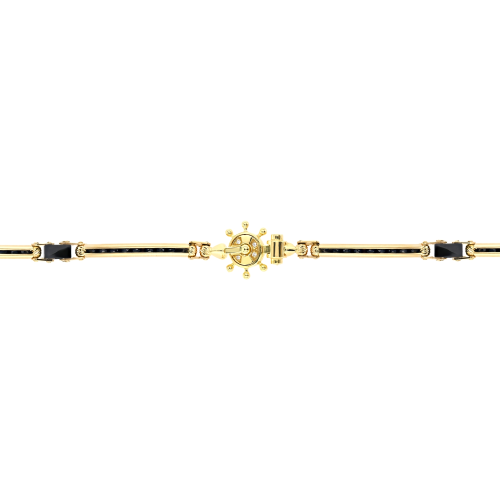How Lab-Grown Diamonds will Transform the Jewelry Industry
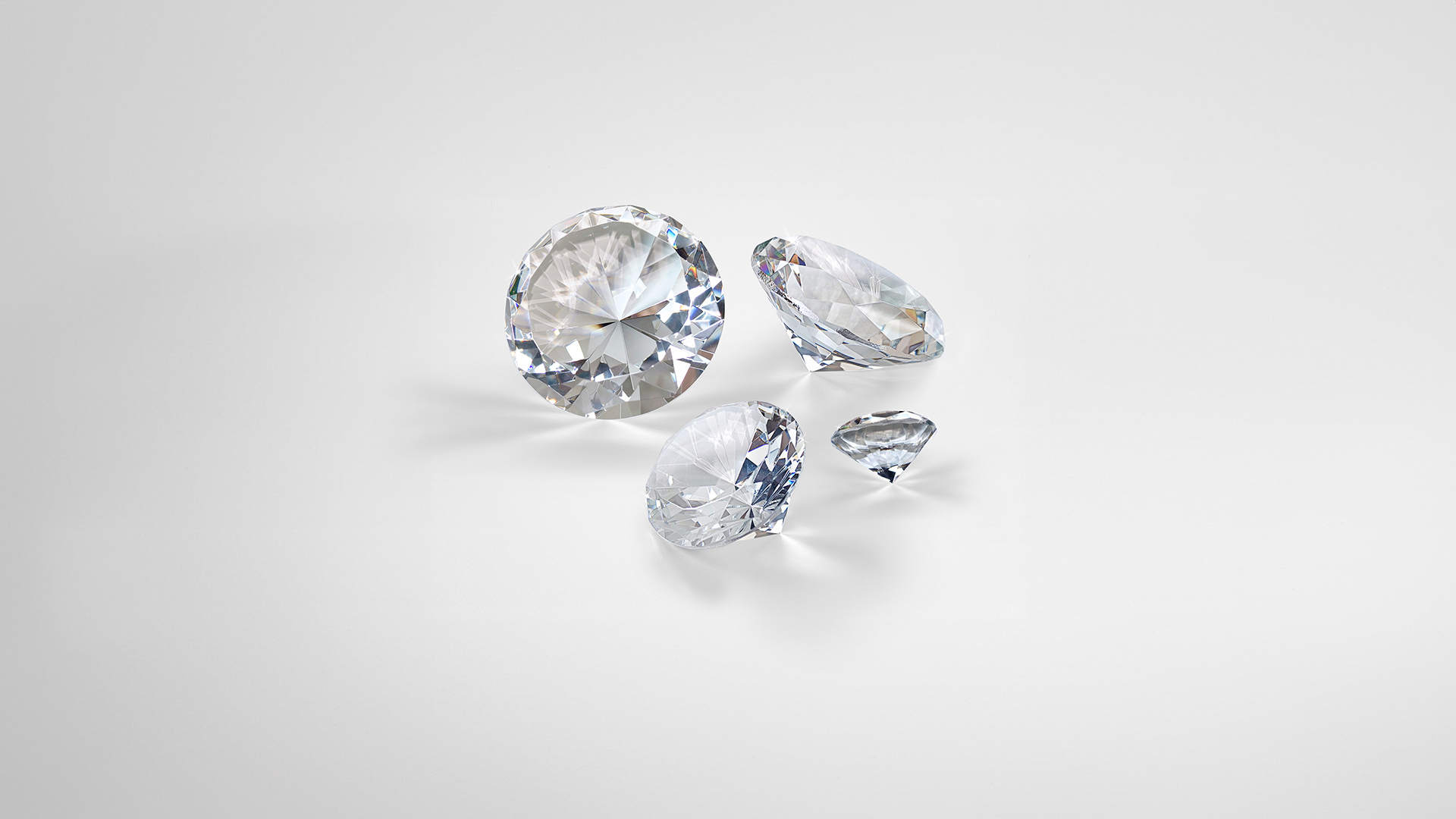
In recent years, the diamond industry has witnessed a remarkable transformation with the emergence of lab-grown diamonds. These man-made gems, which are chemically, physically, and optically identical to their mined counterparts, are reshaping traditional notions of luxury and sustainability in the jewelry market.
The Science Behind the Sparkle
Lab-grown diamonds are created through two primary methods: High Pressure-High Temperature (HPHT) and Chemical Vapor Deposition (CVD). The HPHT process mimics the natural conditions under which diamonds form in the Earth, subjecting carbon to extreme pressure and temperature in a controlled environment. CVD, on the other hand, involves growing diamonds layer by layer in a chamber filled with carbon-rich gas, typically methane, which is energized to deposit carbon atoms onto a diamond seed crystal.
These technological advances have enabled manufacturers to produce diamonds that are indistinguishable from natural ones, even to train gemologists using standard equipment. The only way to tell them apart is through specialized devices that detect subtle growth patterns unique to lab-grown stones.
Market Growth and Consumer Appeal
The lab-grown diamond market has experienced exponential growth, with some industry analysts projecting it to reach $29.2 billion by 2025. This surge in popularity can be attributed to several factors that resonate strongly with modern consumers.
Price advantage stands as perhaps the most compelling draw. Lab-grown diamonds typically cost 40-50% less than natural diamonds of comparable quality, allowing consumers to purchase larger stones or higher-quality pieces within their budget. This price differential has made diamond jewelry more accessible to a broader market segment, particularly millennials and Gen Z consumers who often prioritize value and ethical considerations in their purchasing decisions.
Environmental and Ethical Considerations
The environmental impact of diamond mining has long been a concern for conscious consumers. Traditional diamond mining can lead to significant habitat disruption, soil erosion, and water pollution. In contrast, lab-grown diamonds have a substantially smaller environmental footprint, though they do require considerable energy input for production.
The ethical implications of lab-grown diamonds have also contributed to their rising popularity. While the industry has made significant strides in addressing "conflict diamonds" through the Kimberley Process, some consumers remain concerned about labor conditions and community impact in diamond-mining regions. Lab-grown diamonds effectively sidestep these ethical concerns, offering consumers peace of mind about their purchase's origin.
Impact on the Traditional Diamond Industry
The rise of lab-grown diamonds has prompted significant responses from established players in the diamond industry. Some traditional jewelers have begun incorporating lab-grown options into their collections, while others maintain focus exclusively on natural diamonds, emphasizing their rarity and romantic appeal as products of nature formed over millions of years.
The natural diamond industry has launched marketing campaigns highlighting the unique value proposition of mined diamonds, emphasizing their natural origin and finite supply as key differentiators. However, this hasn't stopped the lab-grown sector from gaining market share, particularly among younger consumers who often view traditional luxury markers differently than previous generations.
Quality and Certification Standards
As the lab-grown diamond industry matures, quality standards and certification processes have evolved to mirror those of natural diamonds. Major gemological laboratories now grade lab-grown diamonds using the same criteria as natural ones - the famous Four Cs: cut, clarity, color, and carat weight. This standardization has helped build consumer confidence in lab-grown diamonds as a legitimate alternative to natural stones.
Future Prospects and Industry Trends
The future of lab-grown diamonds appears bright, with continuing technological advances likely to further reduce production costs while improving quality and size capabilities. Some manufacturers are already experimenting with creating colored diamonds, which are extremely rare and expensive in nature, making them more accessible to average consumers.
However, challenges remain. The industry must navigate questions about value retention, as production capacity increases and costs potentially decrease further. Unlike natural diamonds, which benefit from controlled supply and established resale markets, the lab-grown sector is still establishing its secondary market dynamics.
The rise of lab-grown diamonds represents more than just a technological achievement - it reflects changing consumer values and preferences in the luxury market. As production techniques continue to improve and consumer acceptance grows, lab-grown diamonds are likely to play an increasingly important role in the future of fine jewelry.
For consumers, this evolution means more choices and better value propositions. Whether one chooses a natural or lab-grown diamond ultimately comes down to personal values, budget considerations, and individual preferences. What's clear is that lab-grown diamonds have established themselves as a legitimate and growing segment of the jewelry market, offering a compelling alternative that aligns with modern consumers' practical, ethical, and environmental concerns.
The next few years will be crucial in determining how the traditional and lab-grown sectors co-exist and evolve, but one thing is certain: lab-grown diamonds have permanently altered the landscape of the diamond industry, creating new opportunities and challenges for all stakeholders involved.
